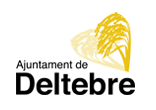Deltebre is indeed an incomparable city located in the beautiful heart of the Ebro Delta. Deltebre is a young city full of personality thanks to the character of its people and the particular features of its land. This city was born barely 40 years ago, and since then Deltebre has managed to preserve its traditional and agricultural spirit while it has been able to develop socially and economically to transform itself into an incomparable framework where to live and enjoy the privileged environment that the Ebro Delta offers.
A bit of history…
‘Use and profit’ land
It is still uncertain how the districts of La Cava and Jesús i Maria were born. Anyway, the first news about the occupation of this territory goes back to the Christian conquest directed by Tortosa in the middle of the 12th century. At that time, the Ebro Delta became a land of ‘use and profit’ for Tortosa’s citizens, being a great source of wealth for its natural resources, such as salt, soda, fish, etc.
Origin of the place name of La Cava
In the 17th century, there was a decisive fact for the current citizens of Deltebre: the river changed its course. In this way, the river left the meanders that led him to the mouth of the river by the lands of the Marquesa and Goleró and went straight ahead, just as it does today.
The course of the river could have changed due to the construction of a ditch or ‘cava’ between the curve the river made in the midst of the present urban area of Deltebre and some gaps in the lower part (between the town and the Catxa). In fact, this ditch could have been the origin of the name of La Cava.
A place that is born with the river
There is evidence of the existence of several population centres that lived in isolation in the Pregó, Racó de Bomba and the Galatxo. The change of the course of the river forced them to move to areas closer to the river where there were more natural resources, such as the top of the river bank (Hortets area) and the bottom (former area of La Cava). In this way, both areas welcomed more people who cultivated and built in the middle of the old meander. In the 19th century the new population centre was important enough and in 1818 the bishopric of Tortosa commanded the church of Sant Miquel.
The two canals of the river
The most significant change for the districts of Jesús i Maria and La Cava was produced with the arrival of the two canals, especially with the left canal in 1912. This canal allowed rice farming to become the main economic resource. The development of this crop was reinforced with the Cambra Arrossera de La Cava, which was founded in 1955, and the Cooperativa Arrossera de Jesús i Maria, which was founded a year after. This would lead to a great population growth in the villages on the left side of the Ebro Delta.
Lo Carrilet and other means of transport
For years, the river, the sailboats for freight transport and the vaporet for passengers, where the main means of transport due to the lack of roads and their bad state. For this reason, the arrival of the Carrilet in 1927 was a real revolution in the transport of this area as it led to external openness. Over the years, all these means of transport disappeared with the improvement of the roads.
The birth of modern Deltebre
Both districts were always completely ignored administratively and in municipal services. That situation generated a great discomfort, so that in the 1930s, both districts joined forces for their first attempt of separation from Tortosa. After years of arduous struggle, on 20th May 1977 both districts gave birth to the village of Deltebre and could finally separate from Tortosa.
This event meant the most relevant change in the provision of necessary services and infrastructure for the future development of Deltebre. Currently, Deltebre is the second largest city in the region of Baix Ebre with about 12,000 inhabitants.
Deltebre, natural attraction
In Deltebre you will find…
![]() Natural and unique landscapes
Natural and unique landscapes
Deltebre is the best place to discover nature thanks to its location in the heart of the Ebro Delta National Park. River, sea, river islands, dunes, lagoons… Unique landscapes to discover.
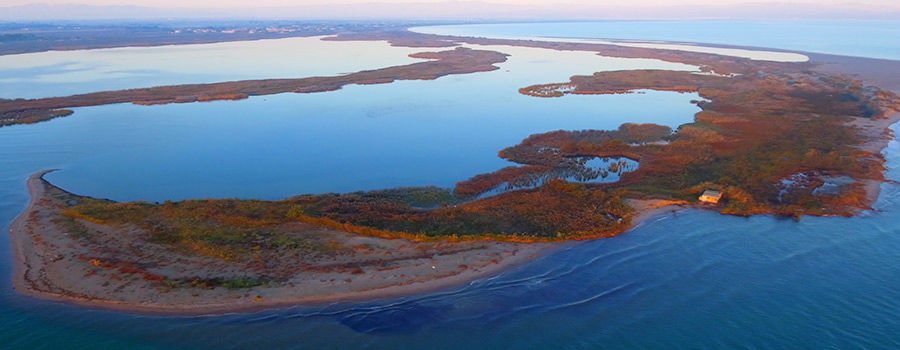
![]() Land of colours
Land of colours
The rice cycle characterises the colour of the landscapes. Blue spring, green summer, yellow end of summer and earthy winter. Each season has its own charm.
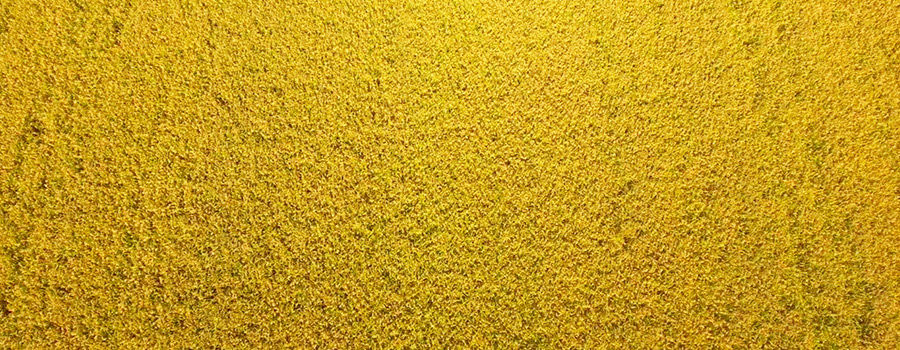
![]() Endless horizon
Endless horizon
The flat lands characterise the landscape and gives the place one of the most peculiar and unique landscapes in Catalonia.
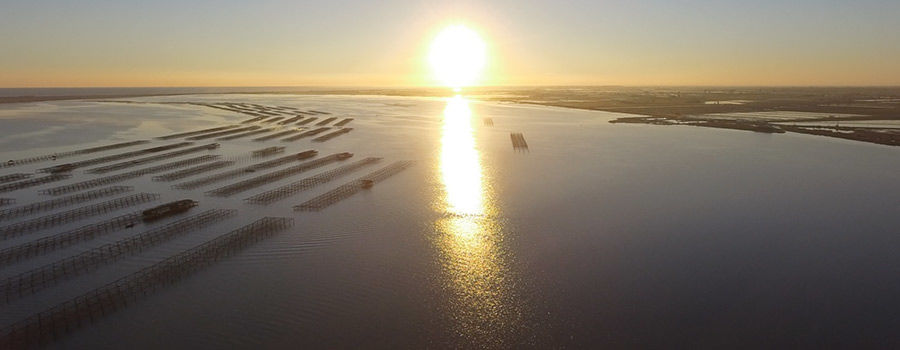
![]() High natural value
High natural value
320 km2 of surface. The Ebro Delta is the most important wetland in Catalonia and the second one in the Iberian Peninsula. In 1983, it was declared protected area.

![]() Source of life
Source of life
343 species of birds seen and more than 500 of different species of vegetation including bulrushes, reedbeds, river honeysuckles and the main product of the territory, the rice.
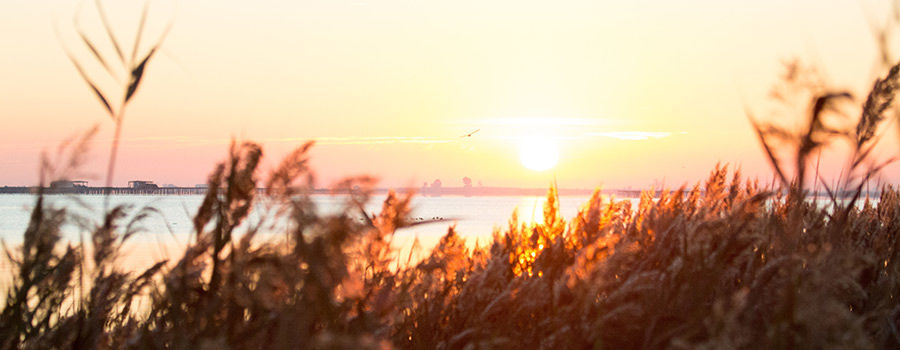
![]() River of life
River of life
The Ebro River, the largest one in the Iberian Peninsula, arrives to its mouth in the Ebro Delta after travelling 930 km. The Ebro River covers Deltebre’s lands, creating a wonderful landscape full of wetlands, rice fields, fine sand beaches…

![]() Eco-friendly
Eco-friendly
Deltebre is a sustainable quality tourism destination. It is supported by the European Charter for Sustainable Tourism and the title of European Destination of Excellence.
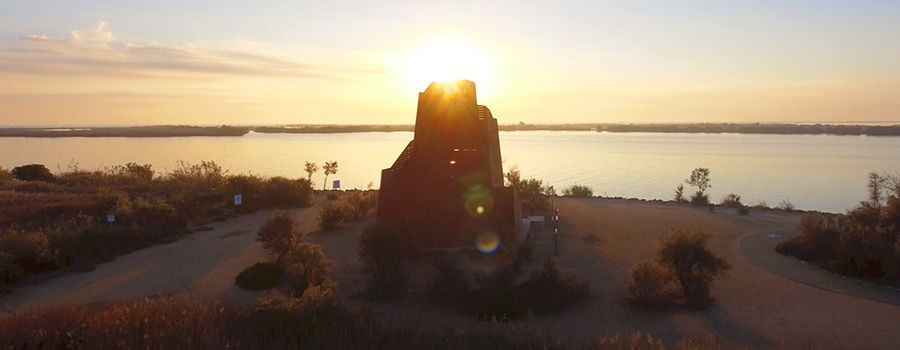
![]() Terres de l’Ebre Biosphere Reserve
Terres de l’Ebre Biosphere Reserve
In only 30 km of distance, Els Ports Natural Park and the Ebro Delta Natural Park offer a great landscape diversity covering from sandy areas and wetlands to the mountains at 1,500 m high.






